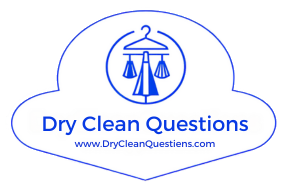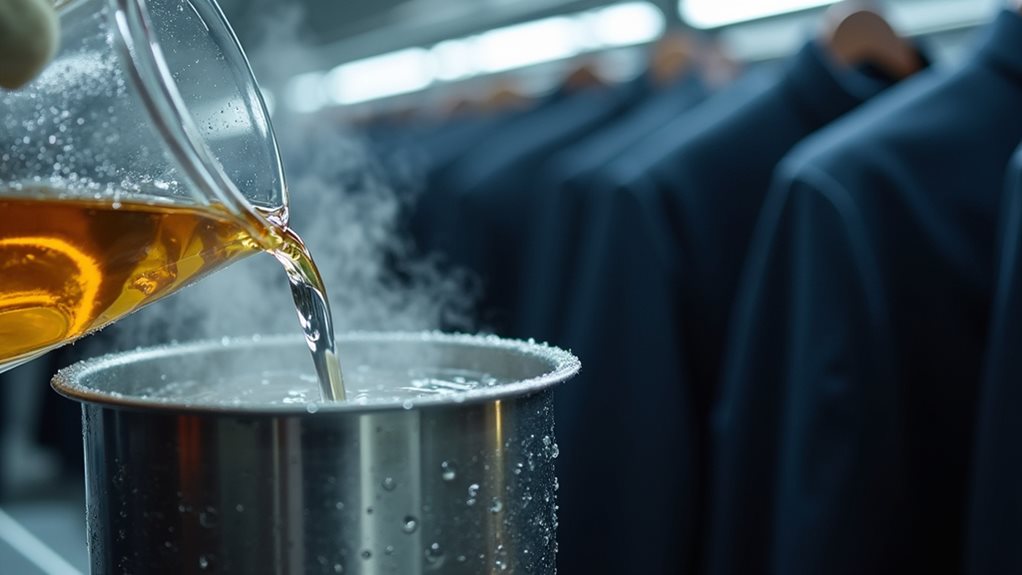Dry cleaning isn’t actually dry – it’s called “dry” because it doesn’t use water as the primary cleaning agent, but chemical solvents like perchloroethylene still contain moisture that clings to your fabrics during the process. You’ll notice your clothes sometimes feel slightly damp when you pick them up, and that’s perfectly normal since tiny amounts of humidity remain even after the drying cycle. Understanding the complete process reveals fascinating details about how solvents work their magic.
What Does “Dry” Actually Mean in Dry Cleaning?
When I first heard the term “dry cleaning,” I honestly pictured some kind of magical dust-sprinkling process that somehow made stains disappear without any liquid whatsoever – imagine my surprise when I learned that “dry” simply means they’re not using water as the primary cleaning agent.
The dry cleaning process actually relies on chemical solvents like perchloroethylene to dissolve oil-based stains that water can’t handle effectively. These solvents work brilliantly for cleaning without causing the shrinkage and damage that water creates on delicate fabrics like silk and wool. The process also includes pre-treating stains before immersing garments in the solvent bath, followed by drying and pressing to restore the original appearance.
The Role of Chemical Solvents in the Cleaning Process
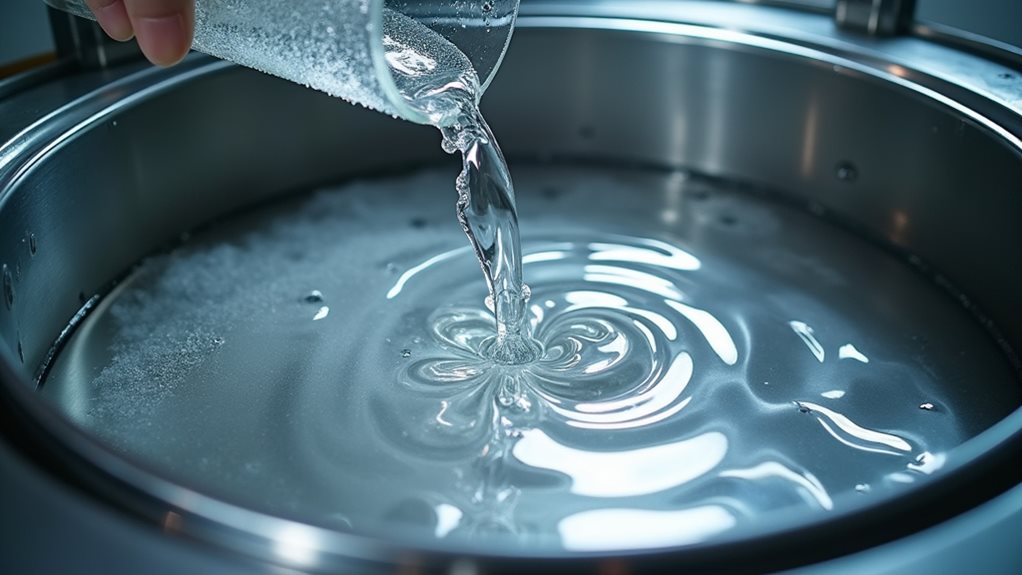
The magic behind this water-free cleaning method lies in the remarkable chemistry of specialized solvents that work completely differently from your typical laundry day experience.
Think of dry cleaning solvents like perchloroethylene as microscopic warriors that target oil-based stains with laser precision, dissolving what water simply can’t touch. These liquid solvents slip through synthetic fabrics without causing the swelling and shrinking that’d make you cry over your favorite dress shirt.
The cleaning process combines this chemical prowess with gentle mechanical action, tumbling your garments while the solvents work their magic.
This chlorinated hydrocarbon became the industry standard not only for its superior cleaning abilities but also because it can be recycled within the cleaning process, making operations more efficient and cost-effective.
Modern eco-friendly solvents are revolutionizing the industry, reducing environmental impact while delivering effective cleaning that’ll keep your delicate pieces looking pristine for years to come.
How Moisture and Humidity Factor Into Dry Cleaning

The drying cycle becomes vital here, tumbling your garments in warm air around 140-145°F to eliminate residual moisture from the solvent.
Your dry cleaner must be thorough because any leftover moisture can oxidize stains, making future cleaning sessions more challenging than solving a Rubik’s cube blindfolded.
After the drying process, garments undergo pressing and steaming to restore their original appearance and ensure quality control checks verify proper cleaning before returning items to customers.
Why Water-Free Doesn’t Equal Completely Dry
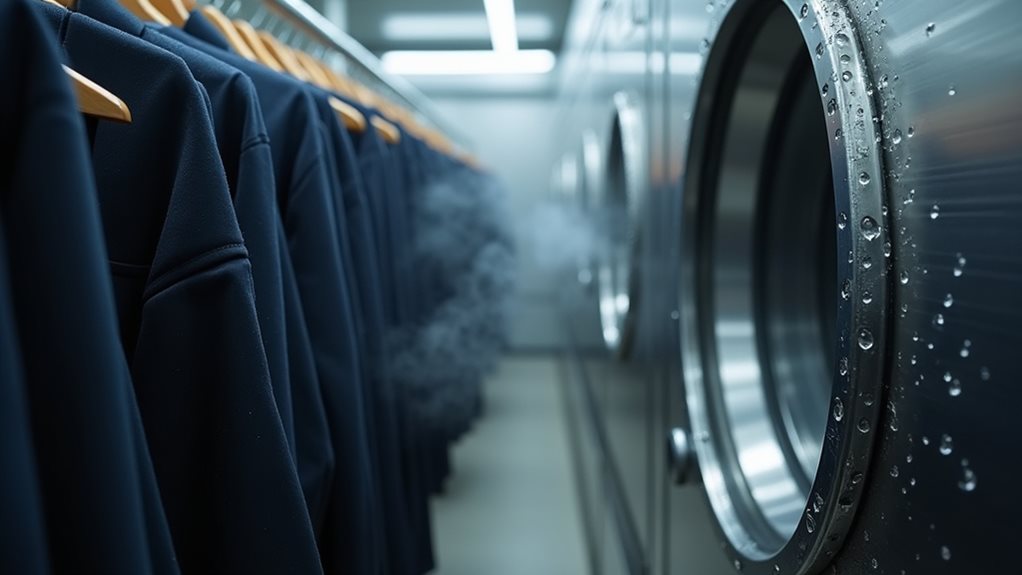
Although your freshly dry-cleaned suit emerges from that mysterious machine looking pristine and professional, it’s carrying a secret that might surprise you—it’s not completely dry, despite what the name suggests.
Here’s the thing: while dry cleaning uses chemical solvents instead of water to tackle those stubborn oil-based stains, these solvents still contain moisture that clings to your garments throughout the cleaning process.
Even after the drying process removes most residual solvent, tiny amounts of humidity remain trapped in fabric fibers. That’s why experienced dry cleaners remove plastic covers immediately—your clothes need to breathe and finish air-drying naturally.
Trust me, I learned this lesson the hard way when I stored a “dry-cleaned” blazer in plastic and discovered a musty surprise weeks later! 😅
Additionally, allowing your dry cleaned garments to air out properly helps eliminate any remaining PERC residues that could potentially cause skin irritation or other health concerns.
The Science Behind Solvent-Based Fabric Care
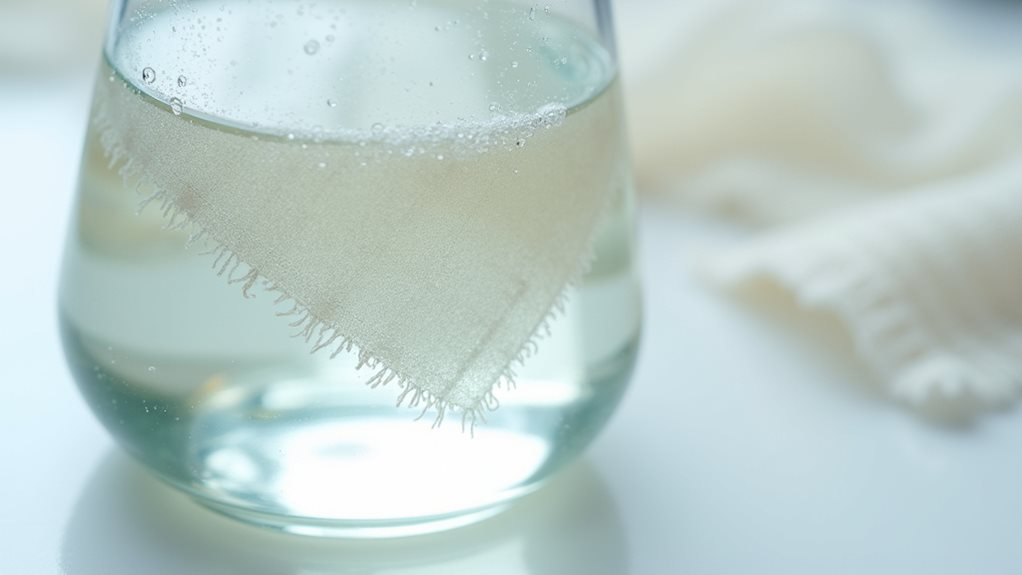
When I first started paying attention to my dry cleaner’s work, I was fascinated to discover that those magical machines operate on principles that would make any chemistry teacher beam with pride.
The cleaning process relies on non-polar solvents like perchloroethylene that dissolve oil-based stains without damaging delicate fabrics the way water would. Think of it like using the right key for the right lock – these solvents selectively target greasy stains while preserving your garment’s texture and shape.
What really impressed me was learning that advanced machines recycle 99.99% of their solvents, dramatically reducing environmental impact while maximizing cleaning efficiency.
Many environmentally conscious cleaners are now switching to GreenEarth silicone-based solutions and other eco-friendly alternatives that provide excellent cleaning results while addressing health and environmental concerns.
It’s fascinating how dry cleaning transforms chemistry into fabric care!
